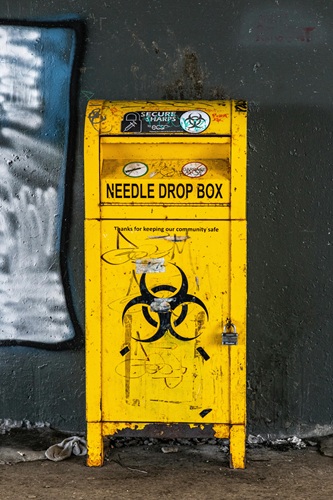Increase in Overdose Deaths in the US
Substance use disorders slightly declined worldwide over the past 3 decades, but deaths increase 2.2 times.
By Tom Horvath, PhD
 A recently published study (9/30/25) in the Frontiers in Psychiatry reported that although the presence of substance use disorders (both new cases—incidence, and existing cases–prevalence) has declined slightly around the world since 1990 (to 2021), substance-related deaths have increased 2.2 times. Increases in deaths were most prominent in North America, with an 11.2 times increase.
A recently published study (9/30/25) in the Frontiers in Psychiatry reported that although the presence of substance use disorders (both new cases—incidence, and existing cases–prevalence) has declined slightly around the world since 1990 (to 2021), substance-related deaths have increased 2.2 times. Increases in deaths were most prominent in North America, with an 11.2 times increase.
The study was conducted with publicly available datasets from https://ghdx.healthdata.org. These datasets are collected and maintained by the Institute for Health Metrics and Evaluation (IHME) at the University of Washington, Seattle.
[The IHME] provides rigorous and comparable measurement of the world’s most important health problems and evaluates the strategies used to address them. IHME makes this information freely available so that policymakers have the evidence they need to make informed decisions about how to allocate resources to best improve population health.
Although I could find no statements about funding sources, this Institute is presumably funded in part by the US federal government.
This highly statistical paper was written by seven authors from the Department of Pharmacy, Jinshan Hospital, Fudan University, Shanghai, China. In calculating the decrease in the presence of substance use disorders they corrected for growth in population. Their paper is one of the first to address substance use disorder and mortality on a global scale.
The Discussion section of the paper states that
Our study reveals a paradoxical phenomenon in the global burden of [substance use disorder]. Despite an 8% reduction [in substance use disorders] total mortality rate more than doubled. This disparity was most extreme in [wealthy] regions, where North America recorded an 11.2-fold rise in drug-related deaths. This finding suggests that while preventive measures may have reduced new cases, critical gaps remain in harm reduction and treatment interventions, leading to escalating mortality.
Deaths, often by overdose, may be especially sensitive to the availability of harm reduction efforts. My interpretation of these results is that in the US our prevention and treatment efforts are significantly more successful than our harm reduction efforts, specifically as it relates to mortality. Based on the data I am aware of most of the individuals who have died from substance related causes would have in time gone on to lead productive lives, if they were still alive. Harm reduction interventions are often relatively less expensive than treatment (and much less expensive than incarceration). What is needed now is increased willingness to follow the lead of many other countries and substantially increase harm reduction efforts in the US, in an effort to reduce overdose deaths in the US.
Liked this article on overdose deaths in the US? You might also be interested in: Courage of the Harm Reduction Therapist
